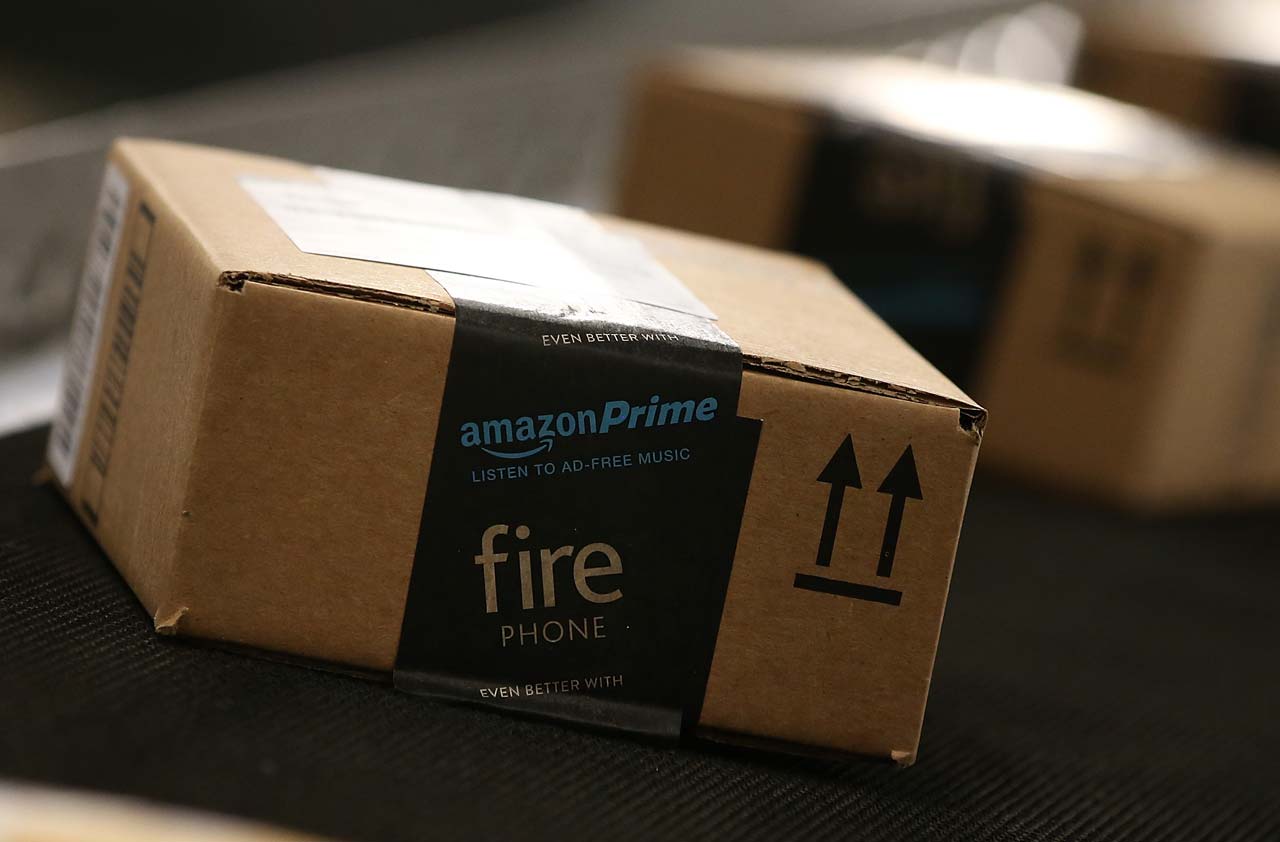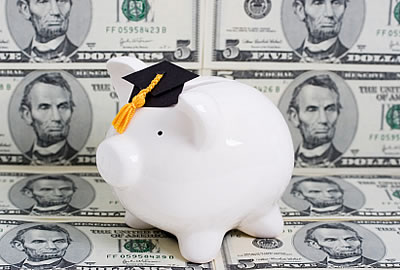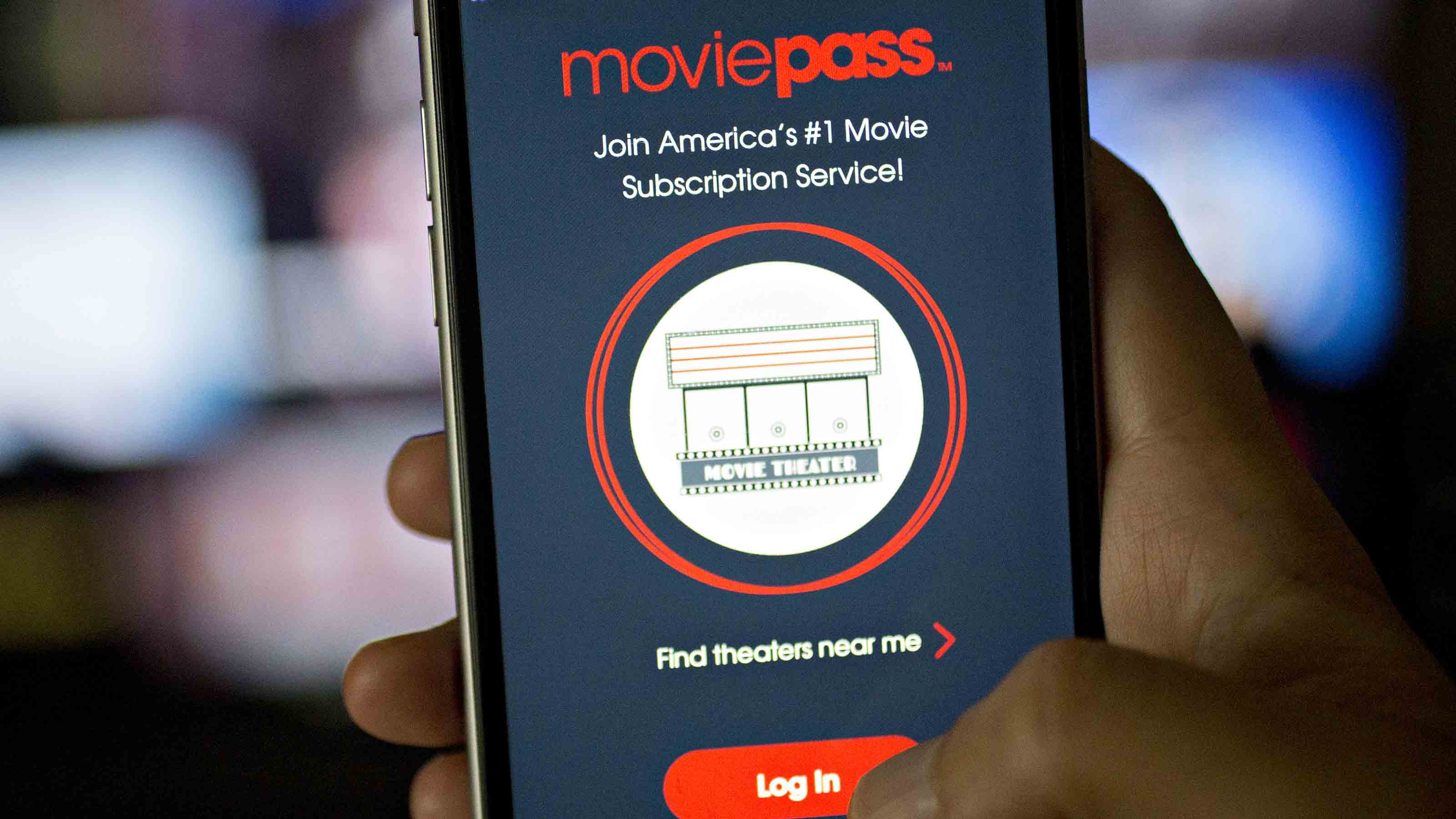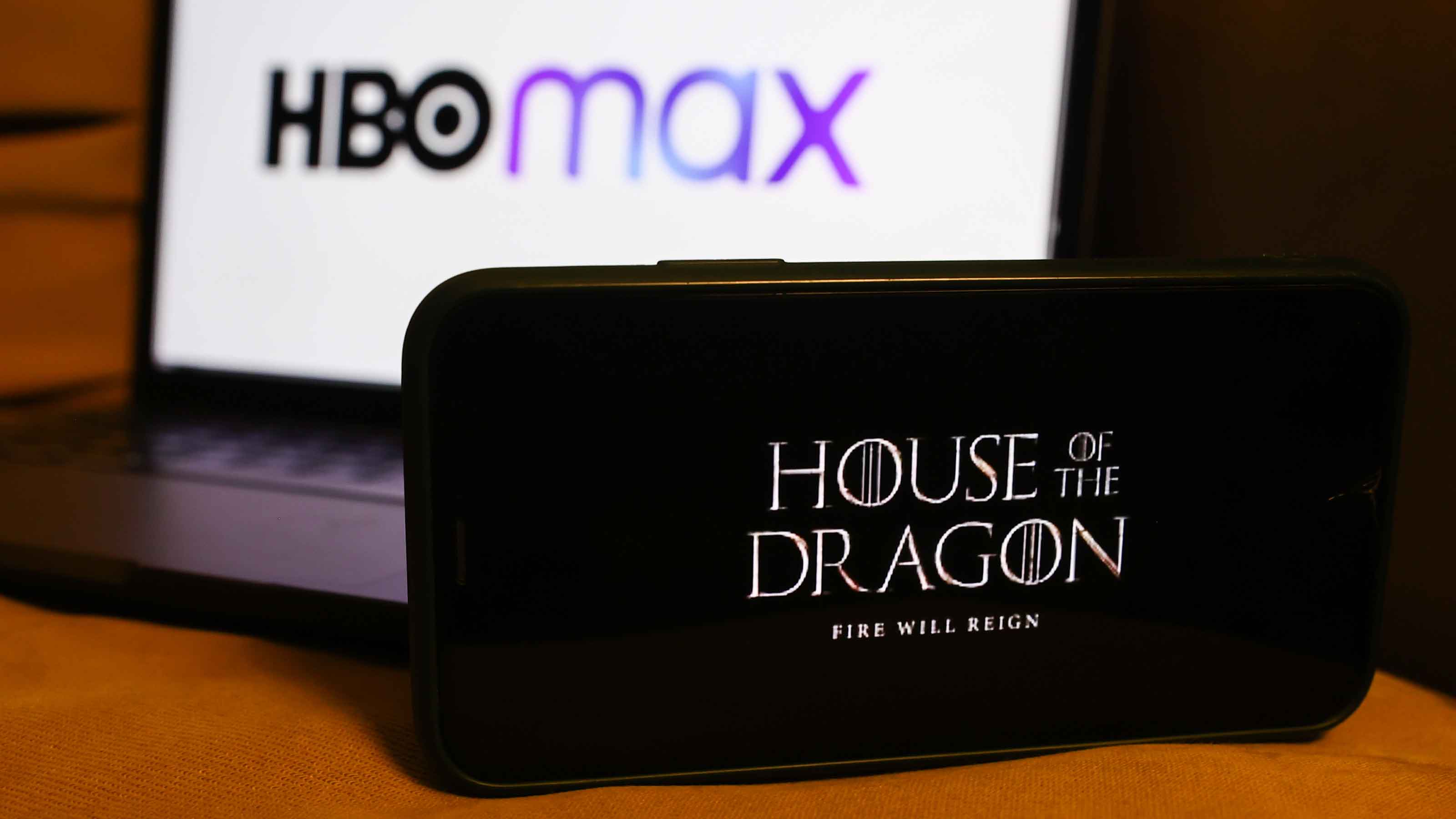6 Strategies to Save More This Year
These tips will help you get started with saving, no matter your income.

Saving doesn't come easily for us young adults. Entry-level salaries don't give you a lot to work with. And, well, we also tend to spend what we make -- and then some -- on the latest gadgets and flashiest fashions.
SEE OUR SLIDE SHOW: 10 Low-Risk Ways to Earn More Interest on Your Savings
But don’t worry. We’re not doomed to frivolity and the wreckage it can make of our finances. Here's how you can start saving smart throughout 2012:

Sign up for Kiplinger’s Free E-Newsletters
Profit and prosper with the best of expert advice on investing, taxes, retirement, personal finance and more - straight to your e-mail.
Profit and prosper with the best of expert advice - straight to your e-mail.
Periodically calculate how much you spend. What better time to review your budget than at the start of a New Year? “It’s really hard to [track your spending] each month, so aim for just once or twice a year,” says Jill Boynton, a certified financial planner in Newington, New Hampshire.
Just be sure when you do it that you track everything. Boynton recommends filling out a spreadsheet with a month’s worth of spending. Or you can try an online budgeting tool such as Mint.com (See our slide show: Which Budgeting Site is Best for You?). But note: Mint works best for those who deal mostly in plastic as opposed to cash. When you make an ATM withdrawal, the site labels the transaction as “Cash & ATM.” Unless you diligently manage your cash transactions (you can manually edit Mint’s labels), you can easily lose track of where the money goes.
The drudgery of tracking spending can pay off when you find surprising expenses you could easily cut. At the end of 2011, I crunched my own numbers and found that I shelled out about $200 a month at Starbucks and other restaurants. I’m sure I could cut that by at least half. That’s like finding a $100 bill every month in my back pocket.
Open a separate account to keep your hands off some of your cash. Use your checking account for regular expenses, including rent, utilities, food, clothing and even entertainment. But think of your savings account as off limits.
If you set up automatic transfers to your savings account, you won’t even notice the money is missing from your checking account. And by paying yourself first, you avoid spending everything and having nothing left over to save.
It’s true that living in a low-interest-rate world makes it harder for your savings to grow. Find banks offering the highest rates at Bankrate.com, and look for accounts with no required minimums and no fees. As of late January, Ally’s savings accounts fit the bill, yielding 0.84% with no required minimums and no fees. Sadly, 0.84% qualifies as “high yielding” these days, but it’s better than nothing, and it keeps your money secure. But, as Boynton notes, “with interest rates so low, you need to be saving even more.”
Start off small. Even if your salary is on the low end, you can always save at least a little bit. In fact, Susan Veligor, a certified financial planner in Portland, Maine, says the best way to start saving is with really small amounts that will eventually add up big time. For example, stash away just $25 a week, and in six months you’ll have a cool $650. In a year, your cash pile will grow into $1,300. Plus, starting out slow and having small successes will reinforce the habit.
Play money mind games with yourself. Here's one: When you’re spending money, don’t just think about the price tag; also think about how much money you had to earn before taxes. The mind trick will force you to realize that you had to earn, say, $12 to pay for that $10 movie ticket.
Another savings trick: When you’re budgeting, round down your income and round up your expenses. For example, if your phone bill is $92.37 per month, budget for $100. If your monthly income is $1,692.99, round down to $1,600. This move guarantees you’ll live below your means and free up some money to save each month (Read: Just Say No to Extras to Save Money).
Resist the temptation to splurge. “It really is easy to spend nowadays,” says Veligor. “You have to disconnect yourself from society [to avoid it].” One tactic that saves me a lot of money is finding time on the weekends to plan out my lunches for the week. Buying my lunch supplies on the weekend helps me avoid splurging for $10 or more each day on convenience foods. I also eat healthier this way.
Set savings goals. Having a worthwhile target in mind, such as a luxury vacation or (thinking more long-term) a happy retirement, will help you remember that saving is not about denying yourself what you want today; saving is really about working toward future rewards. Plus, with a specific number attached to your goal, you’ll be forced to figure out how much you’ll need to save each week and month to reach it by a certain date.
Seeding an emergency fund should take first priority for your savings. You should have at least three to six months’ worth of living expenses, and the money should be risk-free -- that means savings accounts insured by the Federal Deposit Insurance Corp. -- and instantly accessible.
Get Kiplinger Today newsletter — free
Profit and prosper with the best of Kiplinger's advice on investing, taxes, retirement, personal finance and much more. Delivered daily. Enter your email in the box and click Sign Me Up.

John Miley is a Senior Associate Editor at The Kiplinger Letter. He mainly covers technology, telecom and education, but will jump on other important business topics as needed. In his role, he provides timely forecasts about emerging technologies, business trends and government regulations. He also edits stories for the weekly publication and has written and edited e-mail newsletters.
He joined Kiplinger in August 2010 as a reporter for Kiplinger's Personal Finance magazine, where he wrote stories, fact-checked articles and researched investing data. After two years at the magazine, he moved to the Letter, where he has been for the last decade. He holds a BA from Bates College and a master’s degree in magazine journalism from Northwestern University, where he specialized in business reporting. An avid runner and a former decathlete, he has written about fitness and competed in triathlons.
-
 Americans Are Retiring Later: Will This Trend Last?
Americans Are Retiring Later: Will This Trend Last?Given a host of pressures to keep working, Americans are retiring later in life. Will regulatory and economic forces encourage you to work longer?
By Christy Bieber
-
 Trump’s Tax Cut Risks Your SNAP, Medicaid Benefits
Trump’s Tax Cut Risks Your SNAP, Medicaid BenefitsTax Cuts The GOP budget blueprint could slash lifesaving programs for millions of U.S. households.
By Gabriella Cruz-Martínez
-
 Five Reasons You Shouldn't Shop on Amazon Prime Day
Five Reasons You Shouldn't Shop on Amazon Prime DaySmart Buying Think twice before getting lured into buying a bunch of stuff you don't need just because it's on sale.
By Andrea Browne Taylor
-
 Four Smart Steps To Take Before Buying Your First Home
Four Smart Steps To Take Before Buying Your First Homehome Buying your first home can be daunting. Here are four things you need to do years before you start house-hunting to prepare financially for the biggest purchase of your life.
By Andrea Browne Taylor
-
 Best Cash Back Credit Cards of 2025
Best Cash Back Credit Cards of 2025Credit Cards If you're searching for a credit card that rewards you for everyday purchases, we've chosen the best.
By Ellen B. Kennedy
-
 How to Spend $1,000: Find Cheap (or Free) Online Courses to Build Career Skills
How to Spend $1,000: Find Cheap (or Free) Online Courses to Build Career SkillsSmart Buying There's a huge array of skill-building online courses that can level up your career for under $1,000.
By Kim Clark
-
 MoviePass is Relaunching. Should You Sign Up?
MoviePass is Relaunching. Should You Sign Up?Smart Buying The subscription discount movie card company has a checkered past and an army of disillusioned former cardholders. If you want to try the reboot, you’ll need to hurry.
By Bob Niedt
-
 HBO Max Is Offering Huge Discounts
HBO Max Is Offering Huge DiscountsSmart Buying Looking for a streaming service deal? Warner Bros. Discovery is cutting the price of HBO Max.
By Bob Niedt
-
 Are You Streaming Too Much? What the Discovery+/HBO Max Mashup Means
Are You Streaming Too Much? What the Discovery+/HBO Max Mashup MeansSmart Buying Fewer original scripted series? Maybe. And maybe it’s time to unsubscribe.
By Bob Niedt
-
 PODCAST: Is a Recession Coming?
PODCAST: Is a Recession Coming?Smart Buying With a lot of recession talk out there, we might just talk ourselves into one. We take that risk with Jim Patterson of The Kiplinger Letter. Also, dollar stores: deal or no deal?
By David Muhlbaum